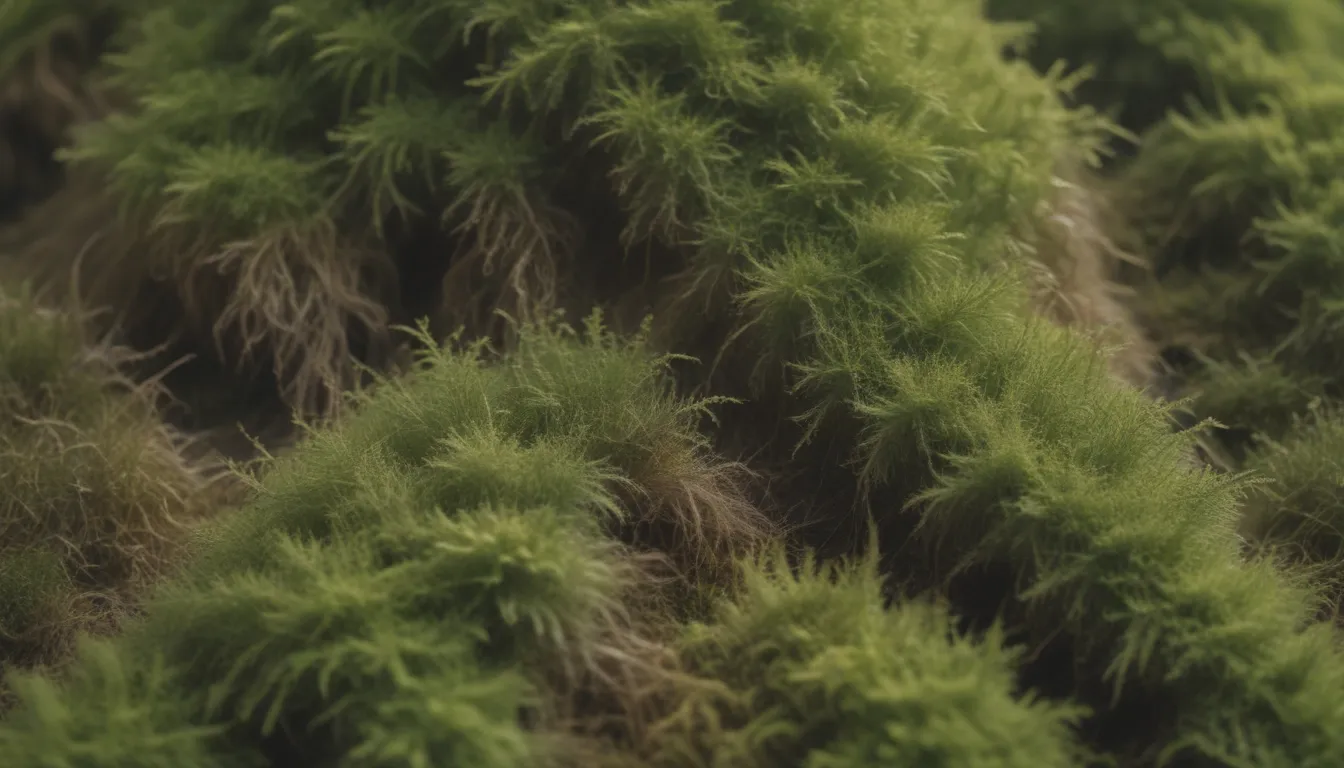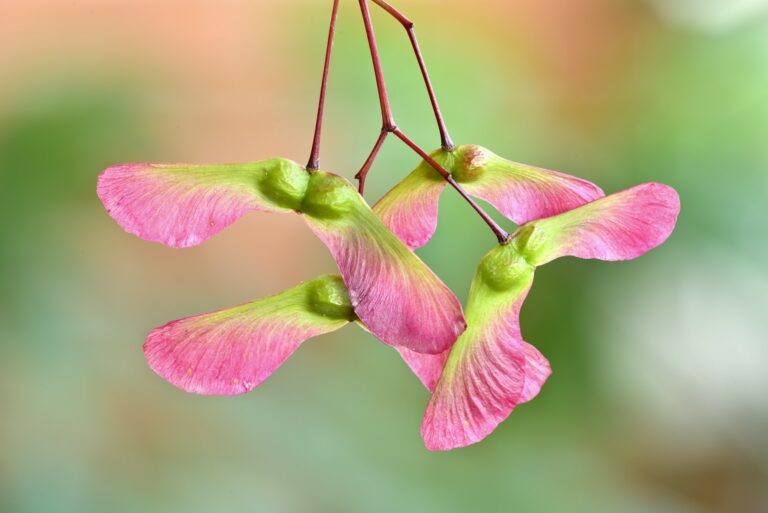Comprehensive Guide to Growing and Caring for Scotch Moss

Welcome to our in-depth guide on how to grow and care for Scotch Moss, a beautiful perennial plant that can add lush greenery to your garden. In this article, we will provide you with valuable information on how to cultivate and maintain Scotch Moss, ensuring that your garden is vibrant and thriving.
What is Scotch Moss?
First and foremost, it’s essential to understand that Scotch Moss is not actually a true moss but a herbaceous evergreen perennial. It forms dense mats of 1- to 2-inch tall plants that spread 8 to 10 inches wide, creating a stunning carpet of greenery. This plant blooms with clusters of tiny white flowers in late spring, adding a delicate touch to any garden.
Scotch Moss Care Tips
When it comes to caring for Scotch Moss, there are several key factors to consider to ensure its health and vitality. Here are some important care tips to keep in mind:
Light
- Scotch Moss thrives in full sun, although it can tolerate partial shade. However, too much shade can result in leggy growth and a sparse appearance.
- In warmer climates, provide some shade during the hottest part of the day to prevent the plant from burning out.
Soil
- Scotch Moss prefers fertile, moist soil that is well-draining. Incorporating organic material into the planting area can help achieve the ideal soil conditions.
- Avoid water-logged soil, as Scotch Moss does not tolerate standing water well.
Water
- Be mindful of watering Scotch Moss, as both overwatering and underwatering can cause issues. Keep the soil consistently moist, but not water-logged, to prevent brown patches from forming.
Temperature and Humidity
- Scotch Moss thrives in mild, temperate climates and may struggle in intensely hot conditions. Provide some protection from the peak afternoon sun to avoid burning of the plant.
Fertilizer
- In rich soils, Scotch Moss may not require additional feeding. However, in less fertile soils, an annual feeding in the spring can be beneficial. Avoid overfeeding to prevent excessive growth.
Types of Scotch Moss
While the pure species plant (Arenaria verna) is rarely grown in landscapes, the cultivar Arenaria verna ‘Aurea’ is commonly available commercially. This cultivar features the signature yellow-green foliage that Scotch Moss is known for.
Pruning and Propagating
Scotch Moss does not require regular pruning, but you may need to remove aging plants and replace them with fresh ones as they die out. Here are some tips on propagating Scotch Moss:
- Propagate Scotch Moss by cutting patches or strips from established areas and replanting them.
- Periodically lift and divide mats to rejuvenate areas where older plants are declining.
- Transplant small volunteer seedlings that appear from self-seeding to propagate new plants.
How to Grow Scotch Moss From Seed
Growing Scotch Moss from seed is a straightforward process that can be done by direct seeding into the garden or starting seeds indoors before the last frost date. Here’s how to grow Scotch Moss from seed:
- Plant the seeds by gently pressing them into the soil or seed-starter mix.
- Provide warmth, direct sunlight, and consistent moisture for optimal germination.
Overwintering and Common Pests
Scotch Moss does not require winter protection but ensure that the plants are well-watered going into winter. Keep an eye out for slugs, which can be attracted to Scotch Moss. Crown rot is the main disease issue, which can be prevented by avoiding excessively wet soil.
Common Problems and Solutions
While Scotch Moss is a relatively low-maintenance plant, there are some common problems that may occur. Here are a few issues you may encounter:
Brown Patches
- Brown patches on Scotch Moss may result from various causes, including over or underwatering, intense heat, or nutrient deficiencies. Address the underlying cause to restore the plant’s health.
Mounded Growth
- Excessive fertilizer can cause Scotch Moss to develop a mounded growth habit rather than a flat carpet-like appearance. Avoid overfeeding to maintain the desired look of the plant.
Tips for Success
- Plant Scotch Moss in full sun for the densest growth.
- Maintain consistent moisture levels to prevent drying out or water-logging.
- Rejuvenate aging plants by replacing them with fresh ones.
- Protect Scotch Moss from intense heat to prevent burning.
- Monitor for pests and diseases, such as slugs and crown rot, and take appropriate measures to prevent issues.
In conclusion, Scotch Moss is a beautiful and versatile plant that can add a lush carpet of green to your garden. By following the care tips outlined in this guide and addressing any issues promptly, you can enjoy a thriving and vibrant display of Scotch Moss in your outdoor space. Happy gardening!





